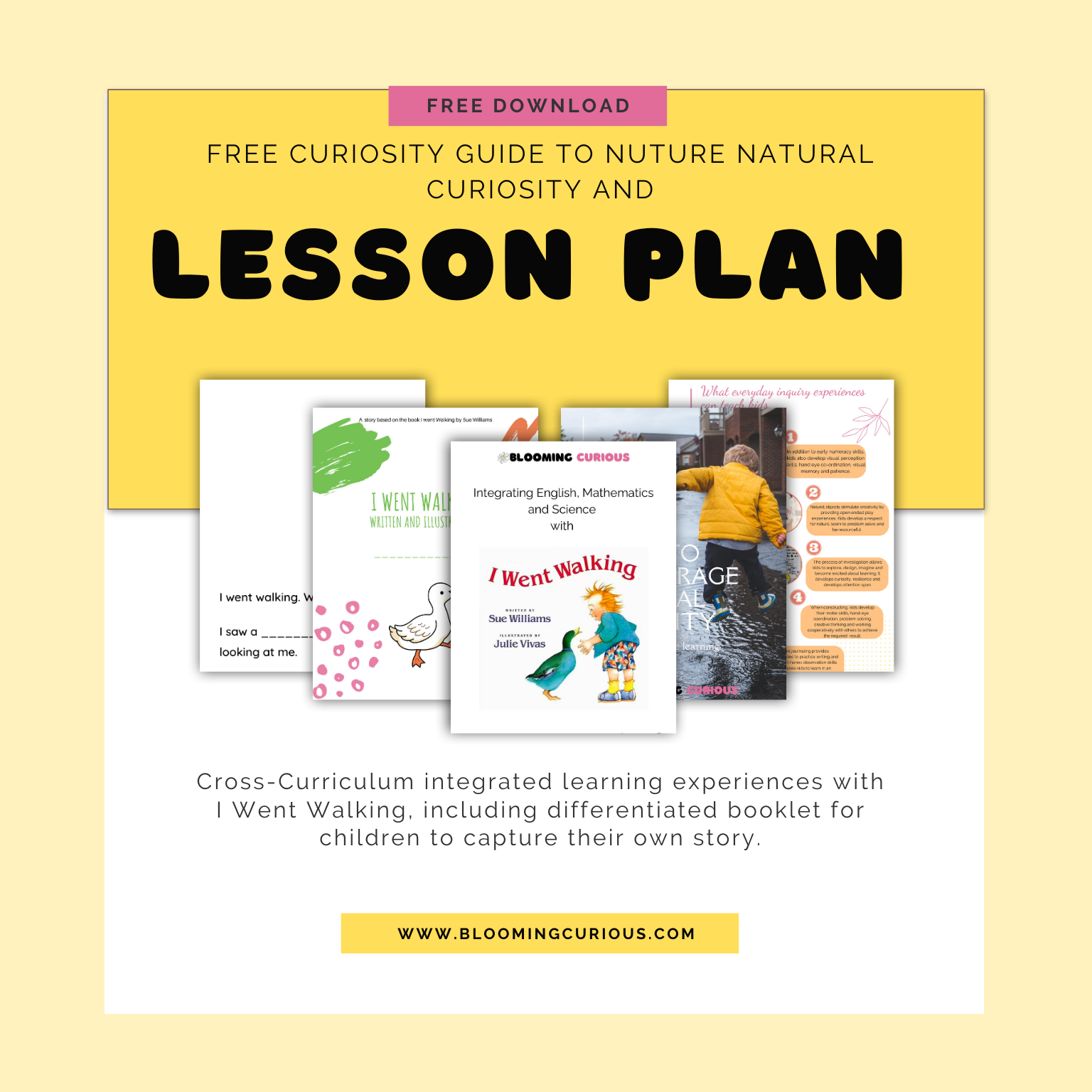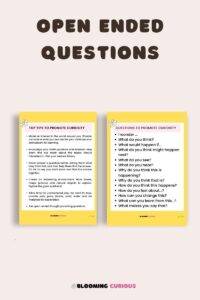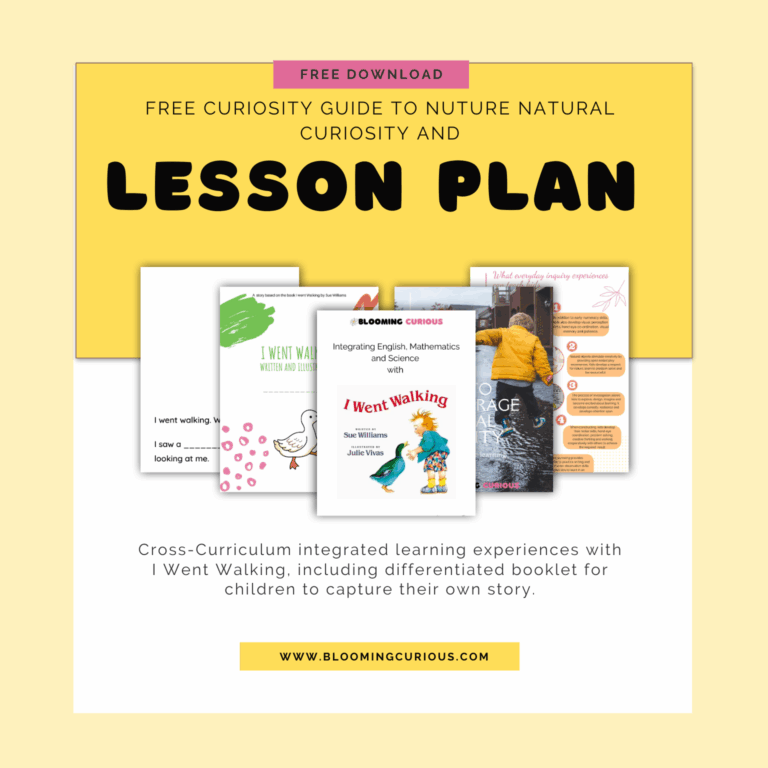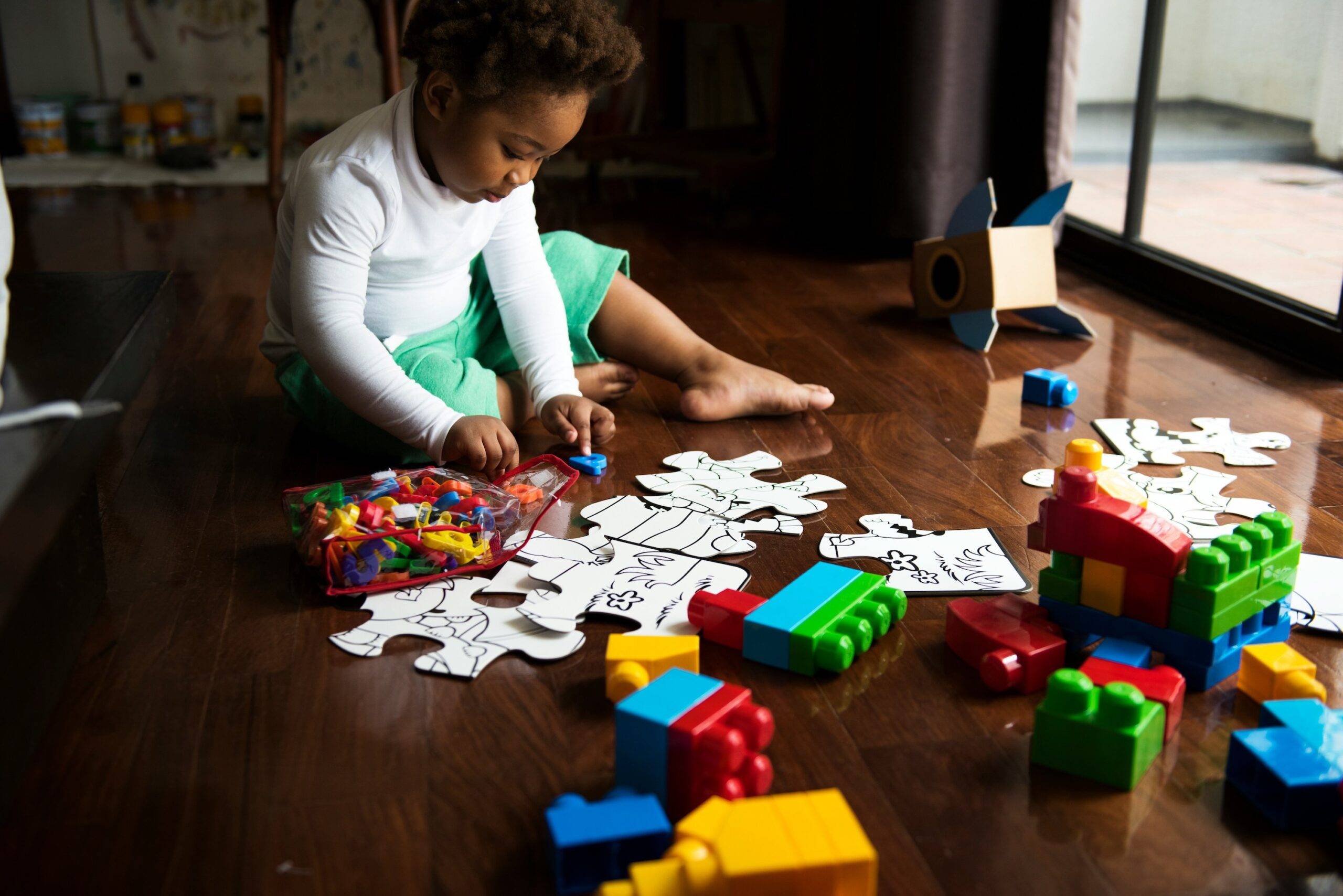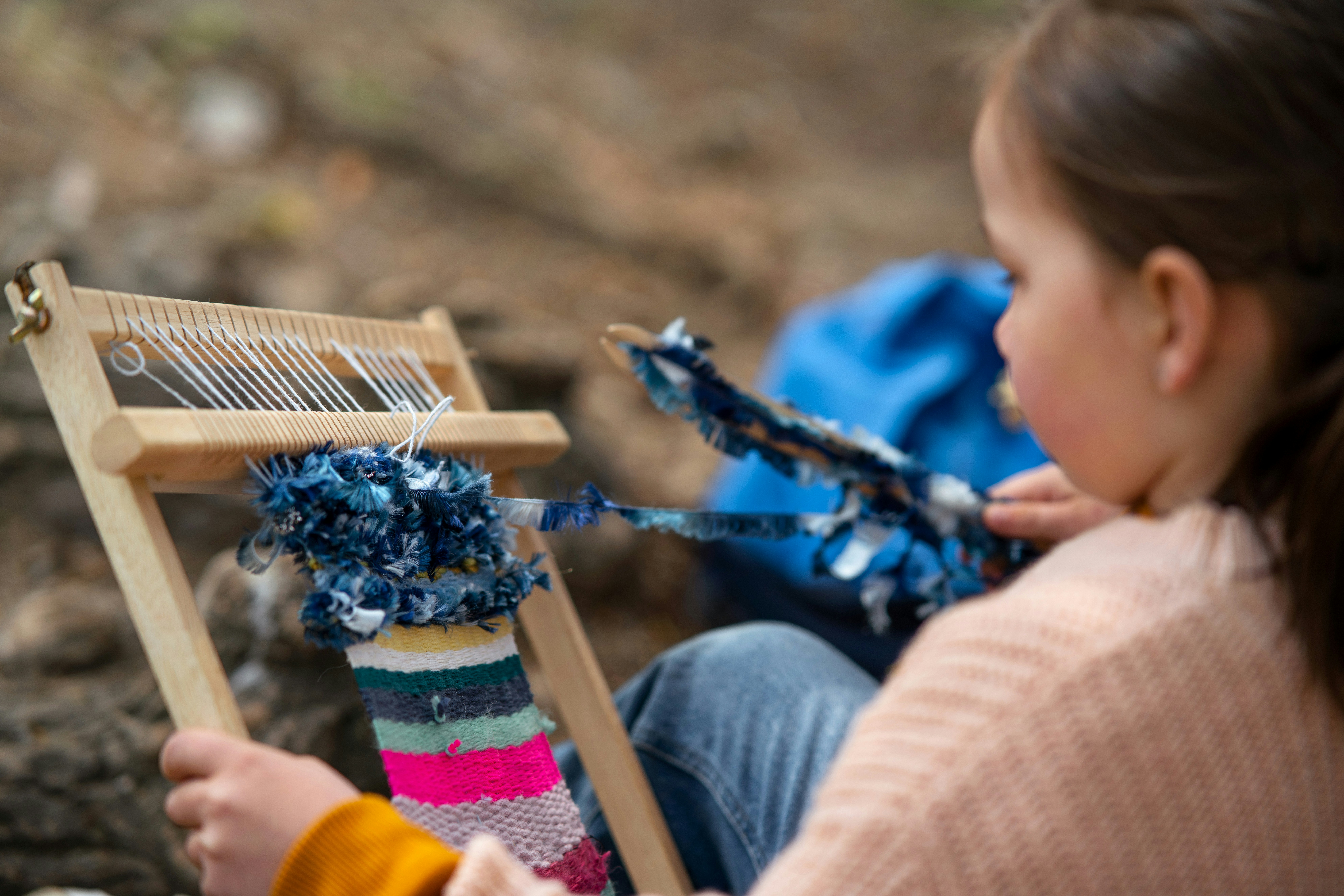Some of the links below may be affiliate links. This means that, at zero cost to you, I will earn an affiliate commission if you click through the link and finalise a purchase. All product recommendations are products that I have used and loved, or products that I would recommend based on experience.
Questions spark curiosity which in turn leads to acquiring knowledge. Asking questions that spark curiosity, encourage thinking and wonder is a skill in itself. Like all skills it can be honed and learned and practiced until it becomes a fine art.
Questions allow us to identify gaps in our knowledge and practice.
Asking questions allows us to assess understanding, of ourselves and of others. As educators we are encouraged to reflect often, and it’s during that reflection that we are asking ourselves questions.
Did my students understand what I was trying to teach them?
Did I succeed in engaging my students today? How? What did I do that worked well and not so well?
Was my lesson a success? How do I measure its success?
When we ask children questions, their answers provide us with the data we need to construct our next lessons. Their answers provide us with the insight into their understanding or lack thereof, and so we can plan our lessons to meet their learning needs so that we fill the gaps in their understanding.
Questions and Inquiry
Asking questions is one of the main drivers of inquiry-based learning. Questions get kids to think and wonder. Questions allow kids to think about their understanding and the way they learn.
Inquiry teachers answer questions with questions. Inquiry encourages children (and adults) to think about solutions to problems, and to dig deep and push themselves to find solutions, or make improvements to a piece of work.
It’s curiosity that drives us to explore, investigate and wonder about the world.
Questions drive curiosity.
How to facilitate learning with questions
As inquiry educators our job is not to answer questions, in fact it’s not important to even know the answers to questions. Our job is to facilitate the finding out of answers to questions.
As facilitators, our job is to encourage children to ask questions and to become problem solvers. So often we just want someone to give us the answers, without doing the work. Although this is a quick solution, it’s not what real education is about. Education is about learning, and when someone just gives you the answer, you’ve learnt nothing!
Very young children always asked the perfect question. Why? Why indeed? The trick is not to answer that question, but to ask them what they think instead, and then help them explore options to find the answers to their questions.
As children progress through school, they slowly appear to lose that curiosity and stop asking why. Our job is to ensure they start asking questions again. As all good teachers do, the first step is teaching kids explicitly what good questions look like. Even this in itself could be the subject of an inquiry project. What are the characteristics of good questions?
What questions should we be asking?
Asking simple closed questions, give us very little insight and usually don’t require deeper thinking. We need to be asking questions that encourage deep thinking and wondering.
Those why questions are a great start. Why is the sky blue? Why do trees lose their leaves? Why are there seasons? Why are questions important? What a great starting point for any inquiry project. Just imagine the possibilities and lines of inquiry.
How questions also get us thinking. How do birds build their nests? How are cars made? How does water get into our taps? How does electricity work?
What if questions are great for stimulating creative thinking and wondering. What if there was no school, how would we learn? What if the sun never shined? What if there was no gravity? What if everyone stopped following rules? What would happen if we never used technology?
I wonder questions are another great catalyst for creative thinking and problem solving. I wonder why geese fly in a V shape? I wonder why the ocean is blue? I wonder why snails have shells? I wonder why the leaves change colour in autumn?
Who and when questions are necessary, but often don’t require deep thinking, because the answers can be found easily. Who invented electricity? When was the lightbulb invented?
As a quick reminder of the types of questions to ask, download this quick guide and put it somewhere as a reminder and refer to regularly. Click on the image to download.
Questions, the inquiry journey and learning
There’s much more to asking questions than just finding the answer.
Finding the answers to questions, takes us on an inquiry journey. Kath Murdoch’s Inquiry Cycle is typically the kind of path we follow when we’re taking students along an inquiry journey to find the answers and solutions to their questions and even our own essential questions that we may have set to drive a unit of inquiry. Along this journey, children (and adults) learn how to learn. We learn how to find answers, how to look for bias, we learn how to spot the difference between facts and a point of view. The process of finding the answers to questions, leads us down a rabbit hole of discovery, and through that discovery, our learning becomes richer. Read this post that takes you through the step-by-step process of starting with inquiry.
Questions to take learning further
Learning does not stop once we have the answers. We then need to take that learning and apply it to new learning. That’s real learning, and it goes way beyond simply filling in a worksheet. Learning is about thinking, and thinking is stimulated by questioning.
We facilitate deeper learning by asking more questions. Questions that force us and our students to think about our thinking.
What made you ask that?
What is missing here?
Did your question give you the answer you expected? Why or why not? What’s missing?
How can you…?
What if you…?
What did you discover about…?
What do you still need to know or find out?
What evidence do you have for that?
How did your thinking change?
What makes you think that?
Want more insights into questioning and how to include questions into your teaching? Get this excellent book by Trevor MacKenzie.
Conclusion
The importance of questioning to drive learning and curiosity should always be at the forefront of our teaching practice. Asking questions, especially if we’ve never focused on that before, can be tricky, but with practice, questioning quickly becomes part of who we are as inquiry teachers.
Teaching through an inquiry lens is the ultimate strategy for nurturing curiosity, wonder and a love for learning. Start integrating inquiry-based learning into your existing lessons today, without adding to your workload.
Click on the image below to get a taste of how easy it is to use a picture book like I Went Walking to create hands-on learning experiences that integrate inquiry naturally and easily!
Episode 27 of the Blooming Curious podcast is all about asking questions. Go to https://bloomingcurious.com/podcast-episode/ep-27-the-questi…ty-and-knowledge/ to listen.
Sharing is caring – if you found this post useful or interesting, then share it with a friend or colleague and sign up to receive Get Curious below, the weekly inspirational newsletter for curious educators.

